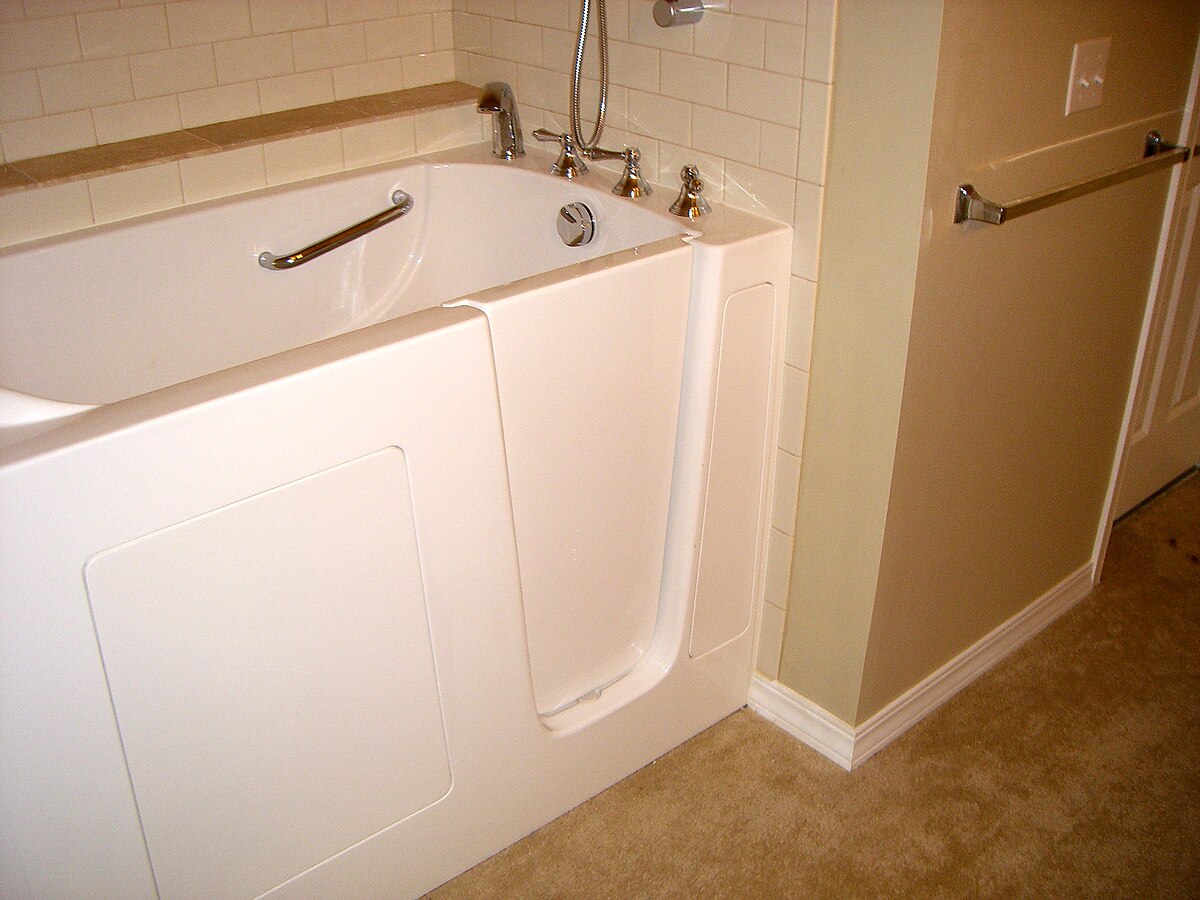Walk-In Showers: Enhancing Safety and Accessibility for Seniors and the Elderly
Walk-in showers have become increasingly popular in recent years, especially among seniors and the elderly population. These innovative bathroom fixtures offer a blend of safety, accessibility, and style that can significantly improve the quality of life for older adults. In this article, we'll explore the benefits of walk-in showers and how they can transform a bathroom into a safer, more comfortable space for seniors.
What safety features do walk-in showers offer?
Safety is paramount when it comes to bathroom design for seniors, and walk-in showers excel in this aspect. Many walk-in showers come equipped with built-in safety features that cater to the needs of older adults. These may include:
-
Non-slip flooring: Textured surfaces that provide traction even when wet.
-
Grab bars: Strategically placed handrails for support and stability.
-
Handheld showerheads: Adjustable shower fixtures that allow for seated bathing.
-
Built-in seating: Shower benches or fold-down seats for comfort and safety.
-
Adequate lighting: Bright, even illumination to prevent accidents in low-light conditions.
These features work together to create a safer bathing environment, reducing the risk of accidents and promoting confidence in seniors as they maintain their personal hygiene routines.
How can walk-in showers improve bathroom accessibility?
Accessibility is a crucial factor in bathroom design for seniors and the elderly. Walk-in showers address this need by offering several accessibility-enhancing features:
-
Barrier-free entry: The low or zero-threshold design allows for easy access, even for those using mobility devices.
-
Wider doorways: Many walk-in shower installations include widening the bathroom doorway to accommodate wheelchairs.
-
Lever-style handles: Easy-to-use faucets and controls that don’t require gripping or twisting.
-
Adjustable shower heads: Flexible positioning for users of different heights or those who prefer seated bathing.
-
Ample space: Generous dimensions allow for caregivers to assist if needed.
By incorporating these elements, walk-in showers can significantly improve bathroom accessibility, enabling seniors to maintain their independence and dignity.
What are the design options for walk-in showers?
While safety and accessibility are primary concerns, walk-in showers don’t have to sacrifice style. Modern designs offer a range of aesthetic options to suit various tastes and bathroom decors. Some popular design choices include:
-
Frameless glass enclosures: Create an open, spacious feel and are easy to clean.
-
Tiled walls and floors: Offer endless customization possibilities in terms of colors and patterns.
-
Natural stone finishes: Provide a luxurious, spa-like atmosphere.
-
Decorative grab bars: Safety features that blend seamlessly with the overall design.
-
Custom lighting: From recessed lights to LED strips, lighting can enhance both safety and ambiance.
These design options allow seniors to create a bathroom that not only meets their needs but also reflects their personal style preferences.
How do walk-in showers compare to traditional bathtubs for elderly care?
When considering bathroom renovations for seniors, it’s important to compare walk-in showers with traditional bathtubs:
| Feature | Walk-In Shower | Traditional Bathtub |
|---|---|---|
| Entry | Low or no threshold | High wall to step over |
| Fall Risk | Lower | Higher |
| Accessibility | Excellent for mobility aids | Limited, often requires additional equipment |
| Space | Generally more spacious | Can be cramped |
| Cleaning | Easier to clean and maintain | More difficult to clean, especially for seniors |
| Versatility | Suitable for all users | May be challenging for some seniors |
| Resale Value | Increasingly desirable | Traditional appeal |
Prices, rates, or cost estimates mentioned in this article are based on the latest available information but may change over time. Independent research is advised before making financial decisions.
As the comparison shows, walk-in showers generally offer more benefits for elderly care in terms of safety, accessibility, and ease of use. However, personal preferences and specific needs should always be considered when making a decision.
In conclusion, walk-in showers represent a significant advancement in bathroom safety and accessibility for seniors and the elderly. By combining essential safety features with modern design options, these showers can provide a comfortable and secure bathing experience. As the population ages, the demand for such age-friendly bathroom solutions is likely to grow, making walk-in showers an increasingly popular choice for those looking to create a safer home environment for older adults.







